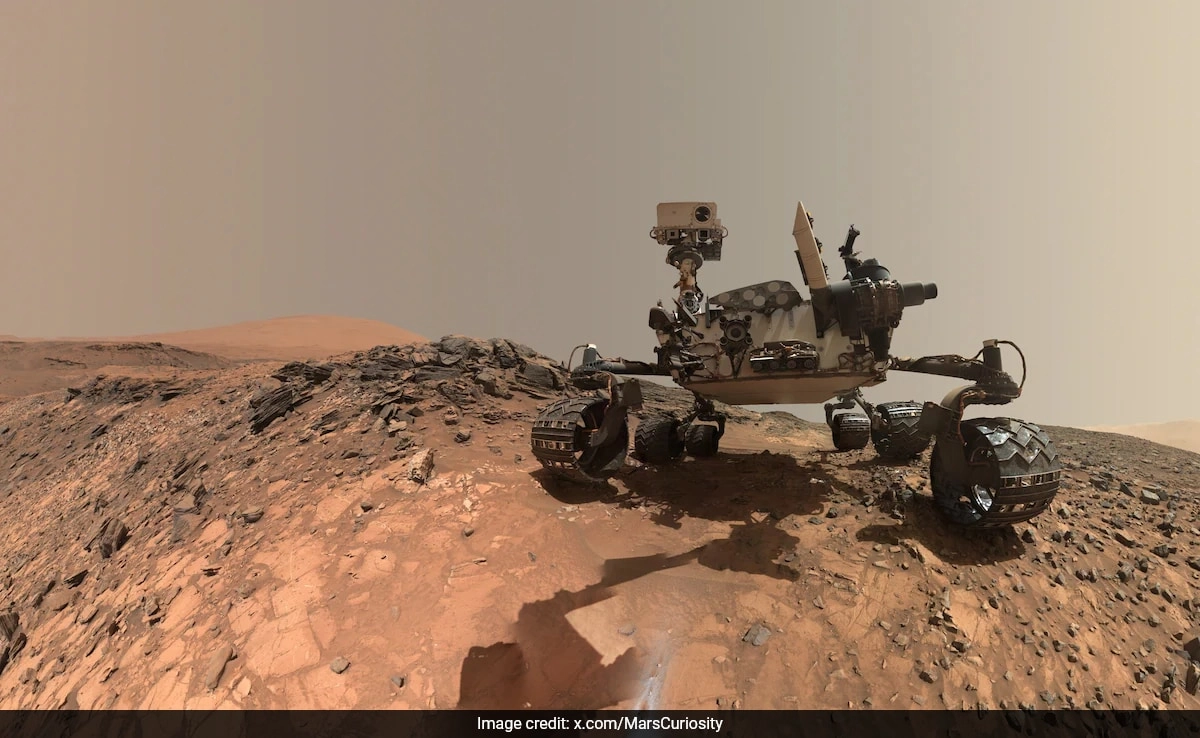NASA’s rover has made groundbreaking discoveries that shed light on the ancient, warm, and wet conditions that once characterized Mars. Through its exploration of the Martian surface, the rover has collected a wealth of data and rock samples that suggest the planet was not always the cold and arid environment we see today. This evidence points to a time when liquid water was abundant, creating a potentially habitable environment that may have supported microbial life.
The rover’s advanced instruments have allowed scientists to analyze various geological formations, uncovering minerals that form in the presence of water. The presence of these minerals indicates that there were once rivers and lakes on Mars, which could have contributed to a more temperate climate. In particular, sedimentary rocks that have been examined seem to tell a story of erosion and deposition in the presence of flowing water. These findings are crucial in understanding the planet’s climatic evolution and its capacity to support life.
Additionally, the rover has been instrumental in identifying organic compounds, which are essential building blocks of life. While these compounds do not necessarily indicate the presence of life itself, their discovery in conjunction with evidence of water suggests that Mars once had the right conditions for life to emerge. Researchers are excited about the implications of these findings, as they could redefine our understanding of whether life ever existed on Mars and how life might survive on other planets.
As the rover continues its mission, scientists are eager to uncover further evidence of the planet’s past. Each rock sample and data set brings them closer to piecing together Mars’ history and understanding the processes that led to its current state. The ongoing exploration not only enhances our knowledge of Mars but also informs future missions, including potential human exploration. Ultimately, these discoveries invite us to ponder the broader questions of life beyond Earth and the possibilities that exist within our solar system.




